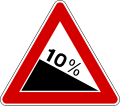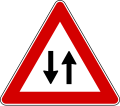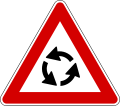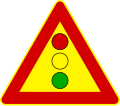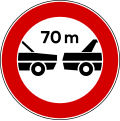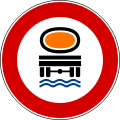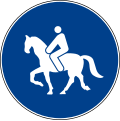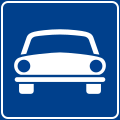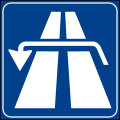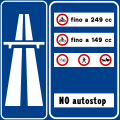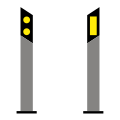
Road signs in Italy conform to the general pattern of those used in most other European countries. They are regulated by the Codice della Strada (Road Code) and by the Regolamento di Attuazione del Codice della Strada (Rules for the Implementation of the Road Code) in conformity with the 1968 Vienna Convention on Road Signs and Signals.
Contents
- Design
- Colours and shapes
- Colours of directional road signs
- Typeface
- Language
- Gallery
- Warning signs
- Temporary signs
- Regulatory signs
- Indication signs
- Additional panels
- Complementary signage
- Obsolete signs (No longer used)
- Similar systems
- See also
- References
- External links
Italy signed the Vienna Convention on Road Signs and Signals on November 8, 1968 and ratified it on February 7, 1997. [1]
The modern traffic signs in Italy were first designed by Michele Arcangelo Iocca in 1959. [2] [3] [4]





















